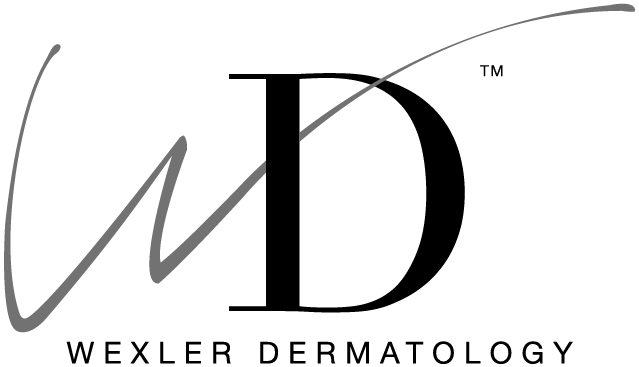Scar Removal
The Science
Scarring begins shortly after a wound or injury to the skin. The body reacts by producing collagen to heal the area, and after the dermis recovers from the damage, that collagen forms a protective new tissue. This newly born scar has a different color, texture, and composition than the skin around it. The degree of scarring depends on everything from genetics and ethnicity to the type of injury. For example, bubble-like keloid scars—that form when your body overproduces collagen—are often associated with certain ethnicities, whereas rough, textured contracture scars occur after a burn.
Our Approach
For more superficial scars (such as those caused by acne), lasering can be very effective.
Thicker, large scar removal (for keloid or hypertrophic scars) requires a more invasive approach: steroid injections can flatten certain raised scars, while filler injections can help return volume to areas that have been depressed after a serious injury. Fractional lasers and radiofrequency devices can also have a smoothing effect on the appearance of scars, leaving skin with a more even appearance.
What We Offer
- Silicon patches
- Microdermabrasion
- Dermasweep
- Chemical Peels
- Steroid Injections
- Fillers
- Fraxel® DUAL
- Fraxel Re:store
- Infini
Read More About Scar Removal
Dr Patricia featured on MarieClaire.com article: The Pros and Cons of “Dermarolling,” AKA Stabbing Your Skin Thousands of Times with Needles to Make It Prettier
The Pros and Cons of “Dermarolling,” AKA Stabbing Your Skin Thousands of Times with Needles to Make It Prettier
Dr Patricia featured on Coveteur.com article: This is The Ultimate Way To Lighten Dark Spots
This is The Ultimate Way To Lighten Dark Spots
Dr Patricia featured on InStyle.com article: This Is How to Fade Those Dark Spots on Your Skin
This Is How to Fade Those Dark Spots on Your Skin
Meet Our Experts




